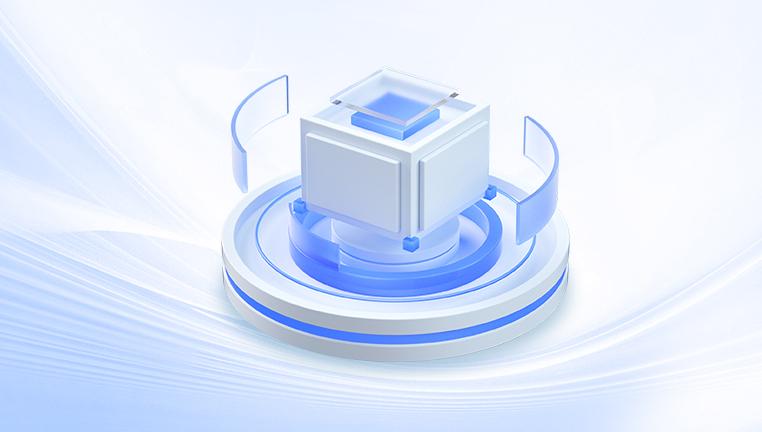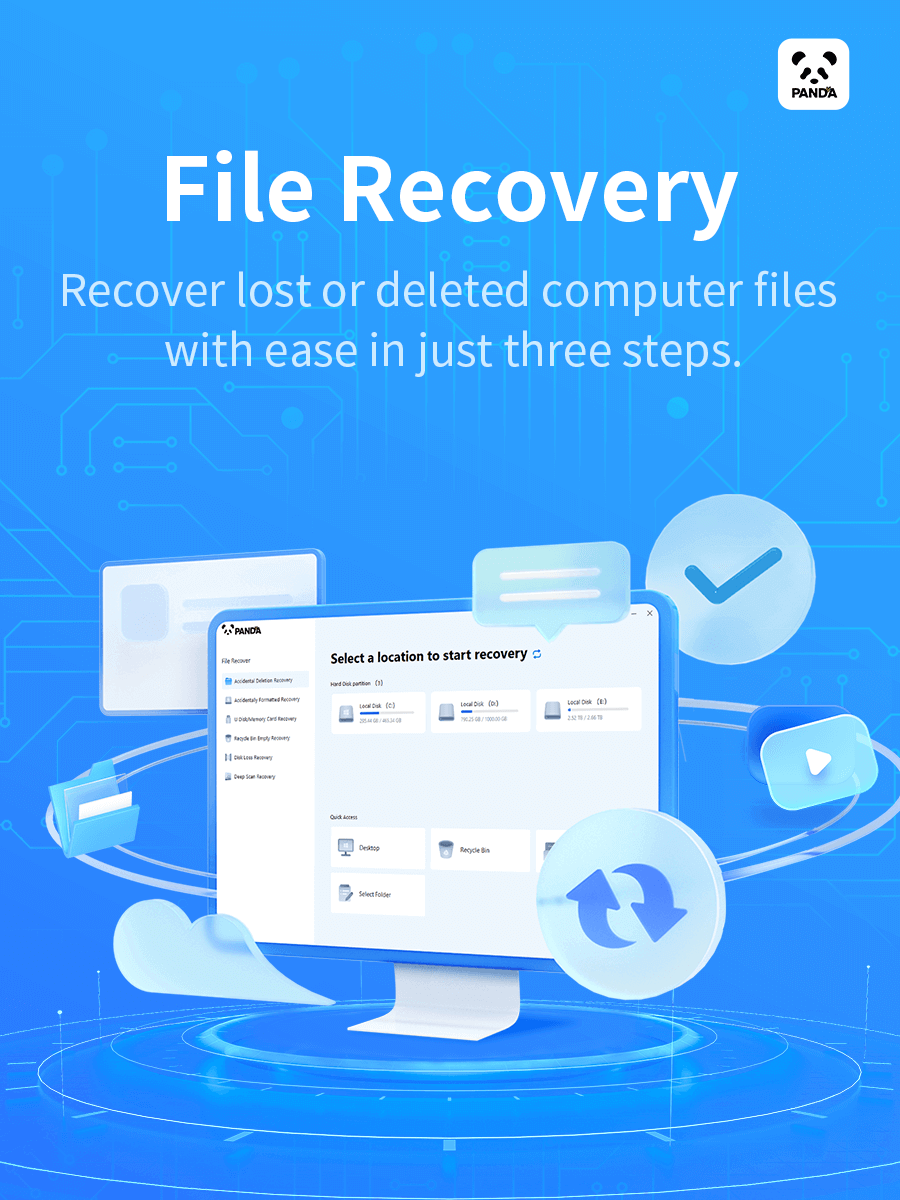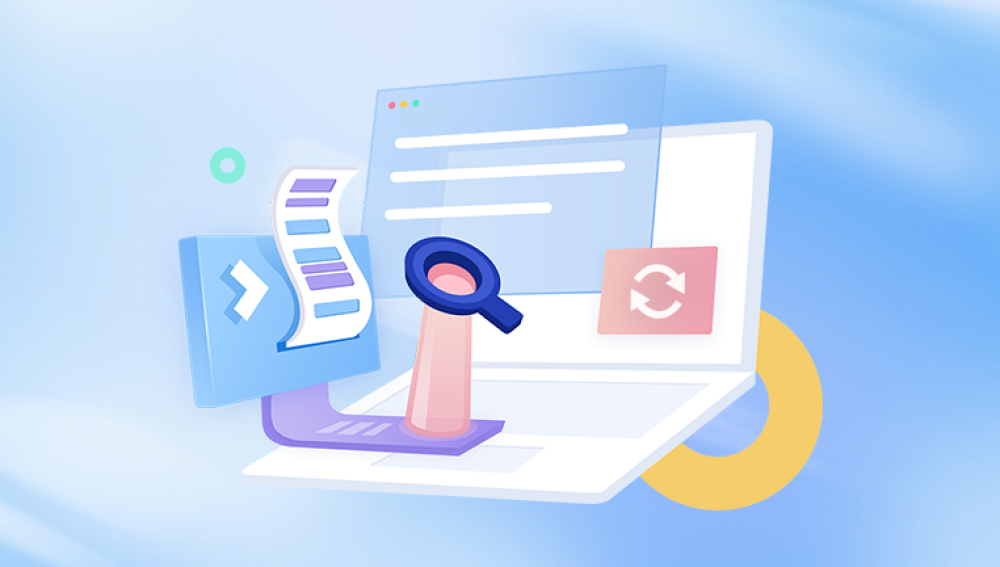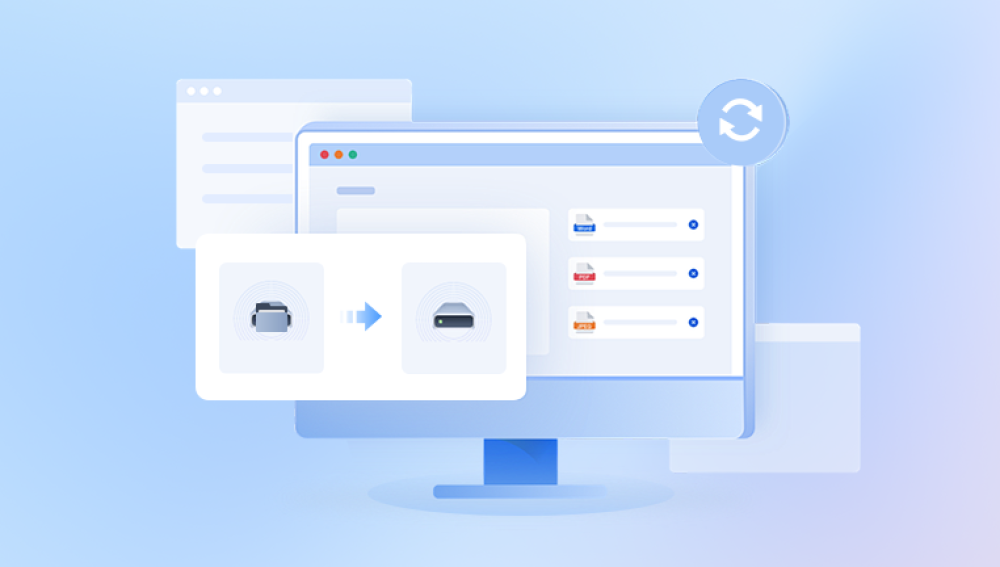Dealing with a hard disk that isn’t detected by Windows can be an incredibly frustrating experience. This issue could manifest in several different ways, such as your hard disk not appearing in File Explorer, the system failing to recognize the disk during boot-up, or your drive showing up with a "no media" error in Disk Management. In some cases, the disk may be physically malfunctioning, but often, there are software-based problems or configuration issues that can be resolved.
Step 1: Check Hardware Connections
Before diving into software-based solutions, it is essential to check the physical connection of the hard disk. Sometimes the issue is as simple as a loose or faulty cable.
1.1 Power Off the Computer
Start by shutting down your PC completely. If you are working with an external hard drive, unplug it from the system. If you are working with an internal hard disk, disconnect the power supply.

1.2 Inspect Cables and Ports
Internal Hard Disk: Open the computer case and check the SATA or power cables connecting the hard disk to the motherboard and power supply. Ensure that the cables are firmly plugged in and that there are no visible damages.
External Hard Disk: If you are working with an external hard disk, test the USB or Thunderbolt cable by replacing it with another one to ensure it is functioning correctly. Additionally, try connecting the external drive to another USB port to rule out a faulty port.
1.3 Test the Hard Disk on Another Computer
If your hard disk is still not detected, try connecting it to a different computer to check whether it is a computer-specific issue or if the disk itself is faulty.
Step 2: Check BIOS/UEFI Settings
If the hard disk is still not recognized, it’s time to check the BIOS/UEFI settings on your computer.
2.1 Enter BIOS/UEFI
To do this, restart your computer and press the appropriate key (usually Del, F2. F10. or F12) to enter the BIOS or UEFI menu.
2.2 Check for Hard Disk Detection
Once inside BIOS/UEFI, check if the hard disk is listed in the storage configuration section. If your disk does not appear, the issue might be related to the hard drive itself, or the motherboard might not be detecting it properly.
2.3 Enable AHCI Mode
If the disk is not detected, check if the system is set to AHCI (Advanced Host Controller Interface) mode. This mode is typically necessary for modern hard disks and SSDs. If it is set to RAID or IDE mode, switch it to AHCI.
2.4 Reset BIOS/UEFI to Default Settings
If none of the above settings seem to fix the problem, consider resetting the BIOS/UEFI to its default configuration. This can sometimes clear any misconfigurations or conflicts that might be causing the issue.
Step 3: Run Disk Management
If the hard disk is detected in BIOS/UEFI but not in Windows, the problem may lie with the operating system’s configuration. Running Disk Management can help identify the drive and provide some repair options.
3.1 Open Disk Management
Right-click the Start button and select Disk Management.
Look for your hard disk in the list of available drives.
3.2 Initialize the Disk
If your hard disk shows up in Disk Management but is marked as “Unallocated,” you may need to initialize it. Here’s how you do it:
Right-click on the Unallocated space and select Initialize Disk.
Choose either MBR (Master Boot Record) or GPT (GUID Partition Table) as the partition style. If the drive is larger than 2TB, GPT is typically the best choice.
Click OK to initialize the disk.
3.3 Create a New Volume
After initializing the disk, you’ll need to create a new partition and format it.
Right-click on the Unallocated space and select New Simple Volume.
Follow the wizard to specify the partition size, assign a drive letter, and choose the file system (NTFS is typically recommended).
Finish the wizard and wait for Windows to format the drive.
If this step works, your hard disk should now be detected in File Explorer.
Step 4: Update Drivers
Outdated or corrupt drivers can also prevent Windows from detecting your hard disk. Updating drivers could resolve the issue.
4.1 Open Device Manager
Right-click on the Start button and select Device Manager.
Expand the Disk Drives section to see if your hard disk is listed.
4.2 Update Drivers
Right-click on the hard disk and select Update Driver.
Choose Search automatically for updated driver software and let Windows search for the latest drivers.
If no updates are found, visit the manufacturer’s website and download the latest drivers for your hard disk model.
Step 5: Run CHKDSK
If the drive is still not detected, running CHKDSK (Check Disk) could potentially fix any file system errors or bad sectors that might be causing the issue.
5.1 Open Command Prompt
Press Windows Key + X and select Command Prompt (Admin) or Windows PowerShell (Admin).
Type the following command:
bash
chkdsk X: /f /r
Replace X: with the letter assigned to your hard disk.
5.2 Wait for the Process to Complete
CHDKS will check the disk for errors, attempt to repair them, and mark bad sectors so they are not used in the future.
5.3 Restart the System
After CHKDSK finishes, restart your computer and check if the disk is now detected.
Step 6: Use Diskpart to Fix the Issue
Diskpart is a powerful disk management tool in Windows that allows you to manage disk partitions. You can use it to troubleshoot and repair partition issues.
6.1 Open Diskpart
Press Windows Key + X and select Command Prompt (Admin) or Windows PowerShell (Admin).
Type the following command to enter Diskpart:
nginx
diskpart
6.2 List Disks
Once inside Diskpart, type the following command to list all available disks:
nginx
list disk
If the disk appears in the list, it means the system recognizes it but may have issues with the partition. If the disk does not appear, you might be dealing with a hardware issue.
6.3 Clean the Disk
If the disk is listed but unresponsive, you can try cleaning it. This step will erase all data on the disk, so be cautious.
Select the disk by typing:
bash
select disk X
Replace X with the disk number.
Type the following command to clean the disk:
nginx
clean
Once the disk is cleaned, you can create a new partition by typing:
sql
create partition primary
Repairing a hard disk that is not detected by Windows can be a complex process, but with the right tools and techniques, you can often resolve the issue yourself. Always start with the basics—checking cables, ensuring BIOS settings are correct, and running Disk Management. If these steps don’t work, tools like CHKDSK, Diskpart, or third-party recovery software may help. If all else fails, a professional recovery service may be the last resort.




